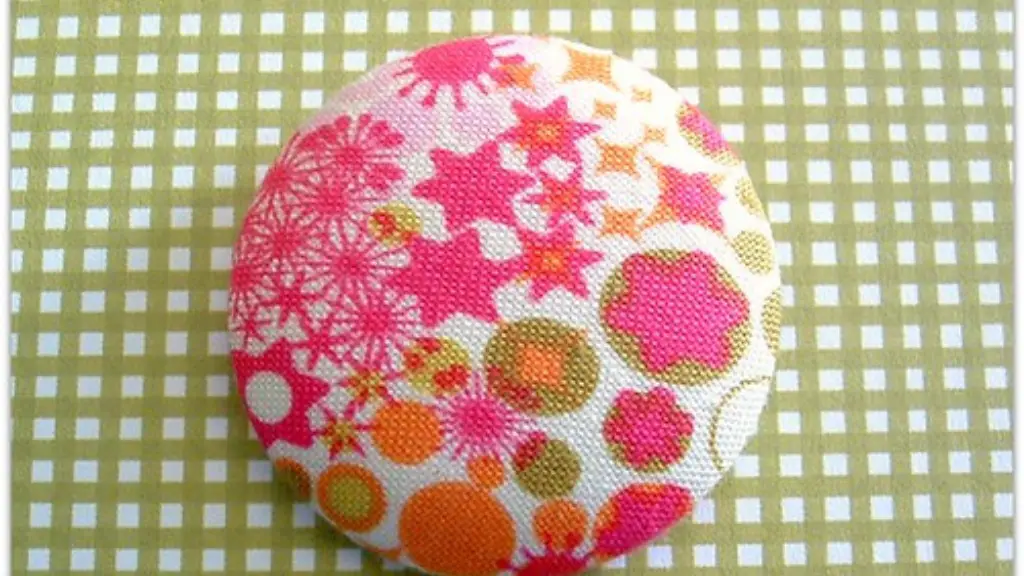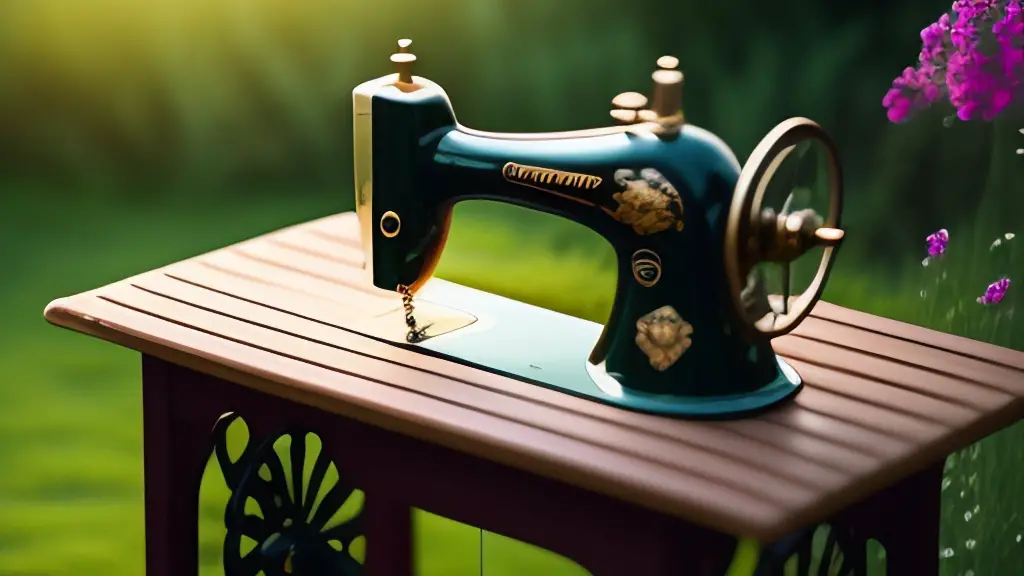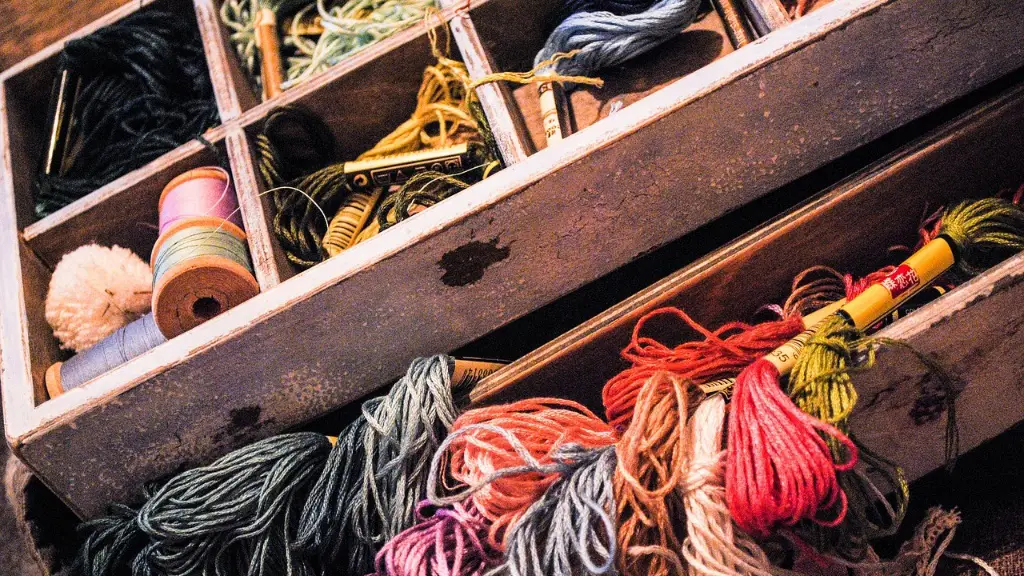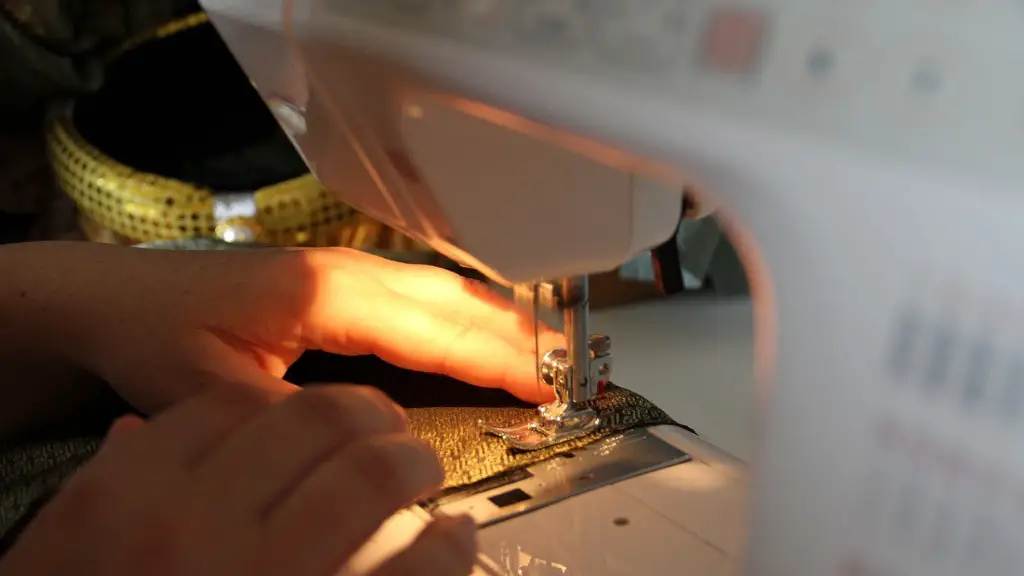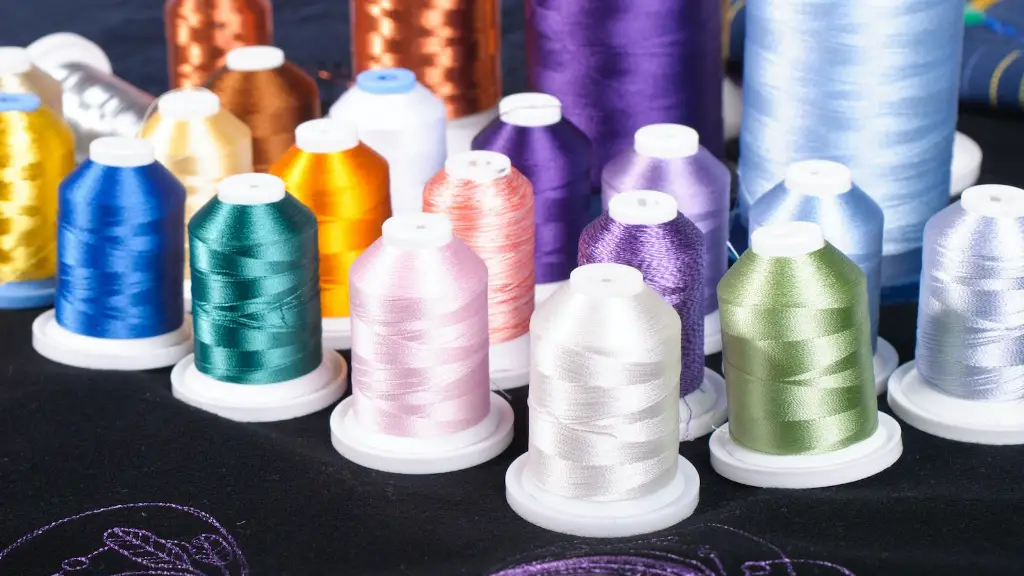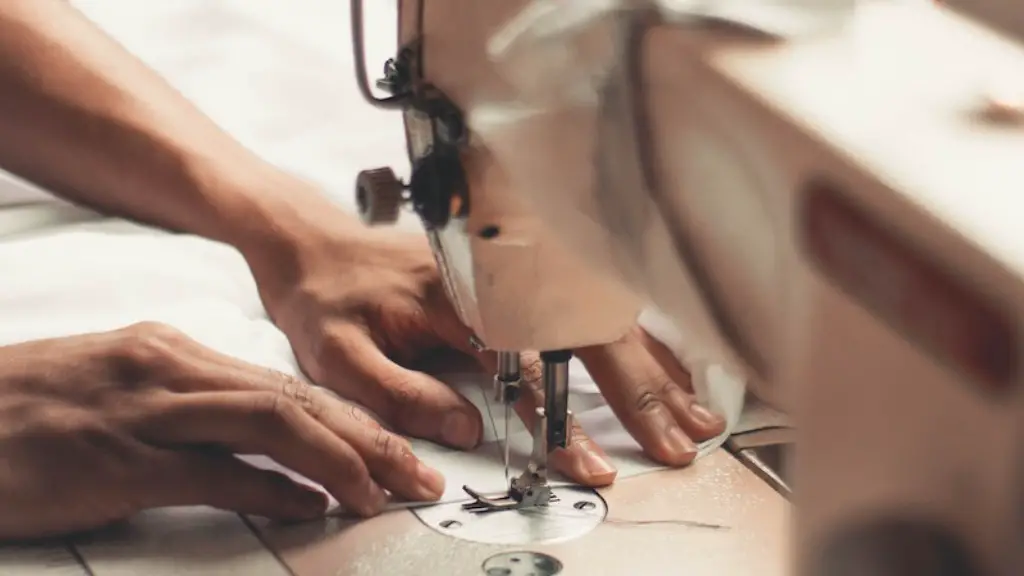History has witnessed the remarkableupgrade of technology from needles and thread to the power of the sewing machine.The invention of the sewing machine altered the trajectory of the garment industry in a variety of waysfor centuries to come.This article provides an in-depth analysis of how sewing machines have radically impacted society around the world.
Before the invention of the sewing machine, garment making was an extremely labor intensive process,done mindlessly by entire families to complete all the necessary stitching. The sewing machine,invented by Elias Howe was a revolutionary device for its time.It enabled the mass production of clothing,shirts,jackets and jeans,for a fraction of the time and labor it would have taken pre-sewing machine.The concept of uniform, decentralised clothing was born as a result,and this led to a surge in the creation and proliferation of fashion trends – from couture to vintage clothes.
Sewing machines brought about a giant leap in production efficiency for the textile industry.Using steam engines and mechanised equipment,clothing manufacturers could now produce items faster than ever imagined.This increased production and lowered costs,which eventually brought a great impact on the commercial fashion industry.Families could now purchase clothes at an affordable price,rather than having to make them from scratch at home.The lower costs allowed more people to have access to clothing,so it improved the everyday life of people around the world.
Furthermore, sewing machines enabled garment-makers to specialize in specific skills, which meant they could produce better quality items faster. This encouraged innovation and creativity within the garment-making industry. Sewing machines expedited the production of items such as quilts,pillowcases,curtains and bedding,which were now available to everyone at a lower cost. As a result, innovations in clothing design such as zippers,pockets and buttons became much more commonplace.
Sewing machines provided a new basis for employment in the textile industry and helped to transform it into a giant industry. Millions of skilled and unskilled workers were employed during the Industrial Revolution in the late eighteenth century,contributing to this surge in industrial production.In many countries,women were the ones mostly employed in this industry.
Finally,sewing machines allowed people to express their creativity by crafting garments tailored to their own needs and desires. Whether it be a custom-sewn wedding dress or a patchwork quilt,it was now easier and faster to make clothing at home.This newfound freedom opened up countless opportunities for people to make clothing which was uniquely theirs and to customise existing items of clothing to their own personal tastes.
Impact on Economy
The development of the sewing machine contributed to economic growth in a variety of ways.The development of mechanised equipment for garment making led to the automation of processes that previously took too much time and investment to complete. This allowed for cheaper costs and greater production. The lower costs led to the wider availability of clothing items in the marketplace,which in turn led to a surge in the demand for them. This spike in sales of garments and other related items had a positive impact on the national economy.
Moreover, the creation of standardized items for mass production and the softening of labour costs benefited the profits of textile firms and allowed for larger markets to be penetrated. This increased the demand for inputs such as raw materials,dyes and fabrics, and gave a boost to the entire apparel supply chain. Manufacturing garments with the help of the sewing machine was more efficient and cost-effective,so it allowed garment manufacturing firms to compete better within and outside the fashion industry. As a result, countries that adopted and invested in the technology enjoyed hard economic benefits.
Impact on Employment
The introduction of the sewing machine enabled the employment of large numbers of people in the garment industry. The use of machines made the production process easier and faster while creating job opportunities for workers at various levels of expertise – from unskilled to highly skilled. Skilled workers were employed to operate the machinery and unskilled workers were employed to work in other parts of the production process. This prompted the growth of the industry and was responsible for the growth of the workforce in the garment industry.
The growth of garment production through the use of the sewing machine created several job opportunities that were previously unavailable. This increased employment opportunities for the labour force and allowed for greater mobility in the workforce. The demand for skilled labourers also increased,which enabled workers to find better jobs in the garment industry.This allowed them to benefit from greater wages and working conditions, which in turn had a positive impact on the labour force.
Impact on Women
The sewing machine had a permanent impact on women in society.The invention of the sewing machine allowed women to be involved in the production of clothing for the first time,through their employment in garment manufacturing firms. It also enabled the growth of female-oriented businesses,allowing them to create clothing independently or in small family-run operations.
Furthermore, it affected the status of women in society.The invention of the sewing machine helped to free women from the confinement of their homes.It allowed them to work outside the home,generate an income and contribute to the family’s economic needs.This improved their autonomy, esteem and empowerment in society.
Finally, the sewing machine had a direct impact on the fashion industry.Women now had access to clothing with stylish and affordable designs.The ability to create clothing on their own allowed them to express their creativity and personal style through fashion.The sewing machine opened up countless avenues for the growth of the fashion industry and gave women more control over their own aesthetics.
Social Impact
The invention of the sewing machine had a great impact on society. It gave rise to a modern garment-manufacturing industry that created cheaper and faster products for consumers. Mass-manufactured clothing items enabled a variety of people to afford the latest fashion trends, regardless of their financial standing. This democratised the notion of fashion and allowed everyone to engage in it,regardless of their socio-economic background.
Moreover, the advent of the sewing machine sparked new innovations in the textile industry.More designs and fashion trends entered the market,which in turn, allowed for creativity and self-expression to flourish. People were now able to create clothing that reflected their individuality,which allowed them to break through norms and social barriers.
Moreover, the sewing machine enabled faster and more efficient production of goods,which allowed manufacturers to create better quality items.This improved the standards of living in many countries,as the availability of high-quality goods in the marketplace enabled people to purchase goods at an inexpensive price.This improved the welfare of societies and led to the generation of wealth in countries.
In conclusion, the invention of the sewing machine was one of the main forces that helped shape modern society as we know it.It revolutionized the garment industry and had a lasting impact on economies,employment,societies and individuals around the world.The sewing machine allowed for faster and more efficient production of garments,which allowed for the democratisation and popularisation of fashion. It enabled the growth of the labor force and led to improved standards of living among many communities.
Environmental Impact
The sewing machine has had a positive environmental impact due to its ability to increase the efficiency of garment production. The automation of garment production allowed for larger and faster production with less energy and materials used. This efficiency of production enabled the industry to become less dependent on raw materials and cut down on emissions. In addition, the efficiency caused by the sewing machine has meant that fewer machines and materials are disposed of in landfills.
The development of the sewing machine also improved the quality of garments produced and the materials used in them.As a result,clothing items have become more durable and more resistant to wear and tear.This has meant that garments can be worn for longer periods of time,resulting in less demand for new clothing and therefore a decrease in the amount of fabric used. This has reduced the pressure on the environment in terms of water, chemical and energy use from fabric production.
Moreover, the sewing machine has enabled the reuse and recycling of materials.Using recycled materials for producing garments is now easier and faster to do.The machine enables the upcycling of clothes,which can be remade into something new,original and fashionable.This decreases the need for factory-made clothing and reduces the amount of fabric waste produced.
In conclusion, the sewing machine has had a positive effect on the environment.Its efficiency resulting from automation has reduced emissions and the need for raw materials,improved the quality of garments,and enabled the reuse and recycling of materials.The machine has enabled a shift towards sustainable garment production and has made garment production more environmentally friendly.
Cultural Impact
The invention of the sewing machine had an immense effect on cultures around the world. The machine enabled the mass production of clothes at a quicker rate,which in turn opened up new markets and enabled the spread of fashion trends around the world.
The machine enabled people from different countries and cultures to interact with each other through fashion.This resulted in the adoption of new trends and styles,giving rise to a global culture of fashion. Through the modernisation of the garment industry,new items such as zippers and buttons,as well as materials like denim and cotton,became commonplace in fashion.This allowed garment-makers to experiment with new styles,textures and colours,giving rise to the variation of fashion styles we see today.
Moreover, the sewing machine enabled the emergence of gender-neutral clothing.The democratisation of fashion allowed everyone to express themselves through their attire,regardless of gender or background.This gave people agency to construct their own identity and provided a platform for self-expression.The invention of the sewing machine enabled this social phenomenon to take shape,revolutionising the perception of fashion.
In conclusion, the invention of the sewing machine had a huge effect on cultures. It allowed cultures to interact and exchange fashion trends,inspired the development of gender-neutral clothing,and revolutionised the notion of fashion.The machine paved the way for a global culture of fashion and enabled people to break through social norms and express themselves through garments.
